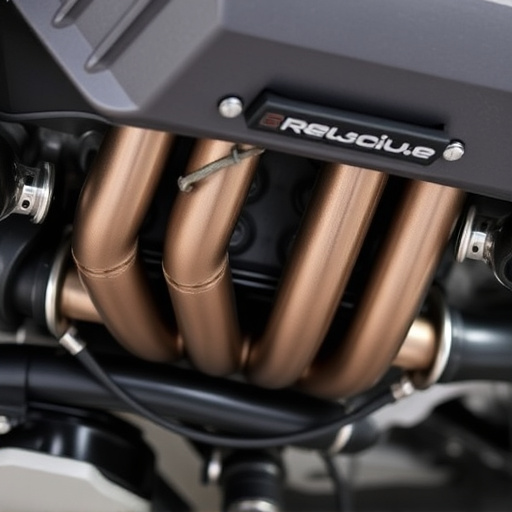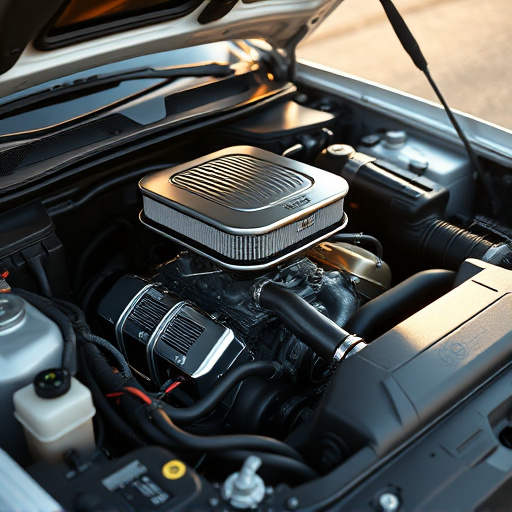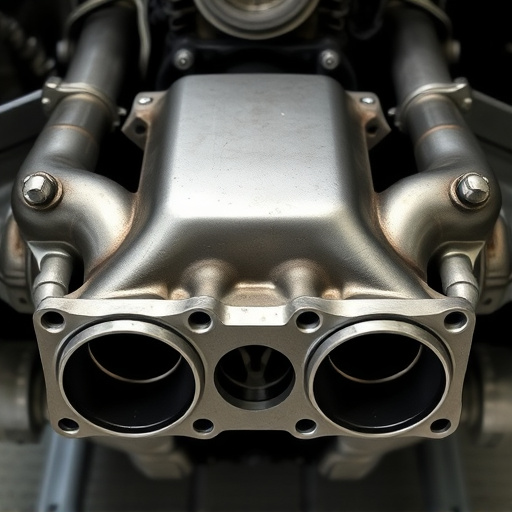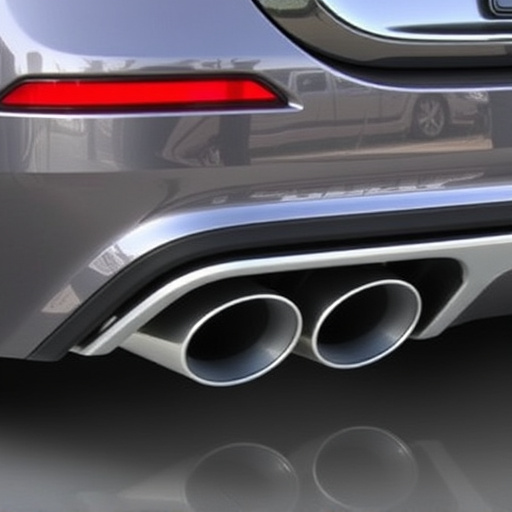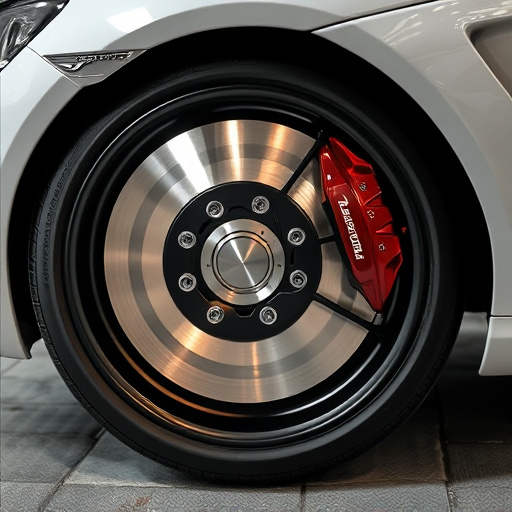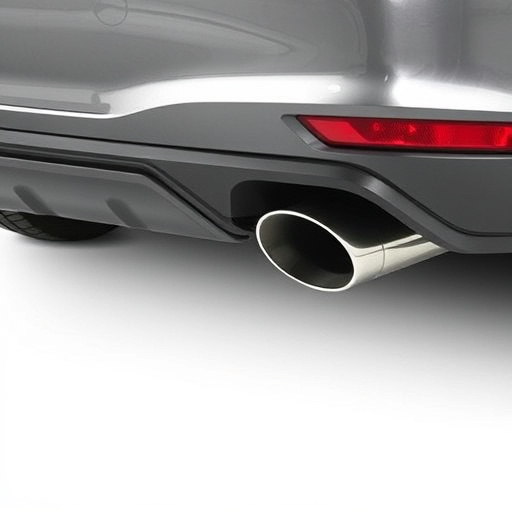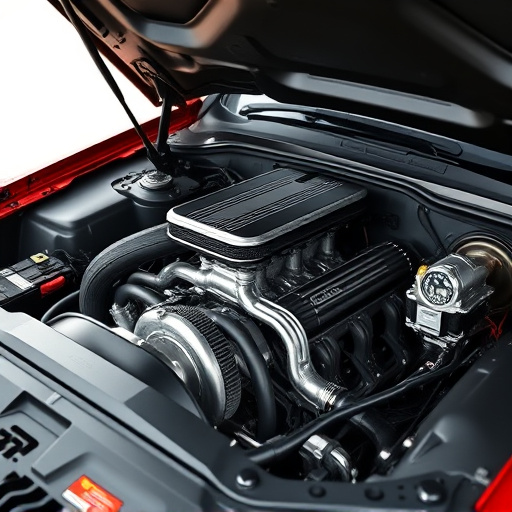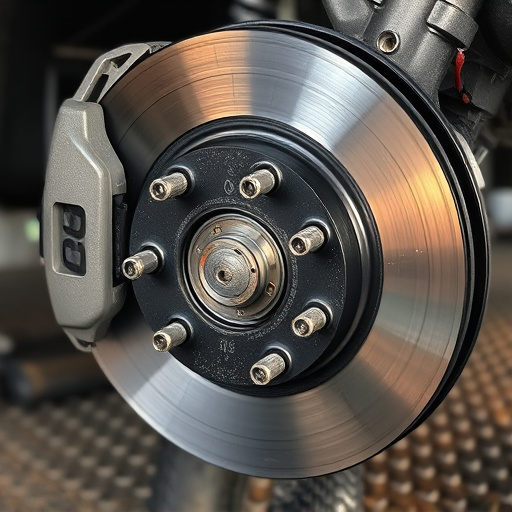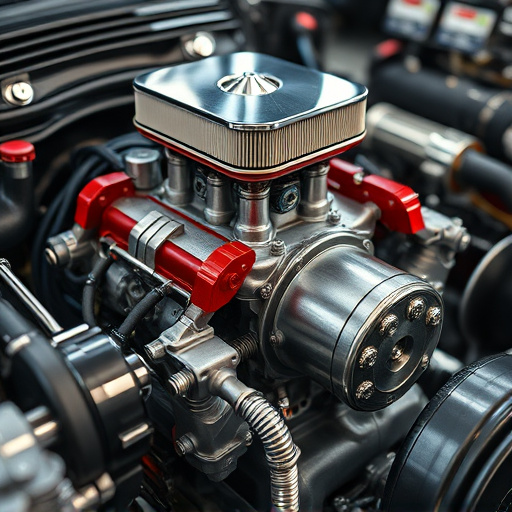Inspect car suspension parts including springs, shock absorbers, control arms, bushings, and brake components for damage, wear, or corrosion. Ensure proper lubrication, fitment, and specifications during maintenance checks to maintain safe and smooth vehicle operation.
Learn how to inspect your car’s suspension parts during routine maintenance with this comprehensive guide. Understanding your vehicle’s complex suspension system is key to ensuring optimal performance and safety. This article equips you with essential knowledge, outlining critical tools and safety precautions. By following our step-by-step process, you’ll gain confidence checking vital suspension components, allowing for timely replacements and enhancing your car’s stability and control over the road.
- Understanding Your Car's Suspension System
- Tools and Safety Precautions for Inspection
- Step-by-Step Guide to Checking Suspension Parts
Understanding Your Car's Suspension System
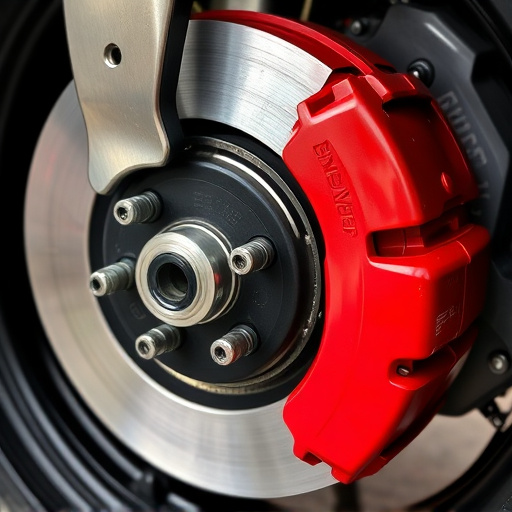
The car suspension system is a complex network of parts designed to ensure your vehicle rides smoothly and safely. At its core, it consists of several key components that work in harmony to connect the wheels to the chassis. Understanding this system is crucial when performing routine maintenance checks, as it allows you to identify potential issues before they become serious problems.
Car suspension parts can be broadly categorized into two main groups: spring and shock absorbers. Springs provide the necessary force to return the vehicle to its original position after a bump, while shock absorbers dissipate energy created by road irregularities, ensuring a smoother ride. Additionally, some modern vehicles incorporate advanced intake components like cold air intakes, which not only enhance engine performance but also contribute to overall vehicle stability. Knowing how these parts function and how they interact will empower you during your regular maintenance checks, enabling you to spot any unusual wear or damage that may require attention.
Tools and Safety Precautions for Inspection
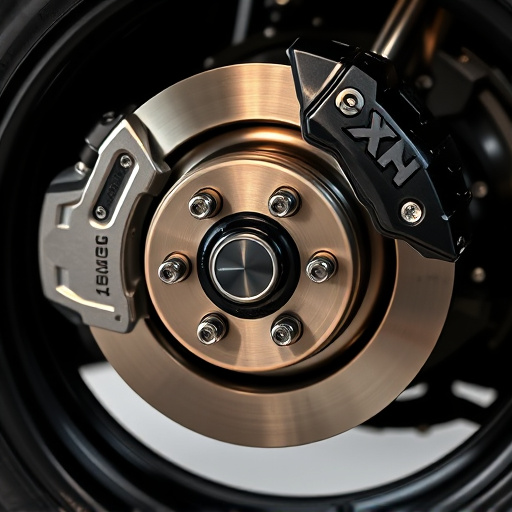
Before inspecting any car suspension parts, ensure you have the necessary tools to do so safely and effectively. This includes a jack, jack stands, a torque wrench, and possibly a brake piston tool, depending on what components you’ll be checking. Always use jack stands to support the vehicle when raising it, and never rely solely on a jack for stability. Safety is paramount; wear safety goggles and gloves to protect yourself from debris and potential hazards.
When inspecting suspension parts, start by visually examining them for any signs of damage, wear, or corrosion. Check for cracks in the control arms, bushings, and ball joints. Look at the condition of the tires and wheels as well—uneven wear could indicate misalignment issues. For components like brake calipers and rotors (or brake pads), carefully inspect for signs of overheating, such as warping or scoring. Don’t forget to check the condition of your car’s cat back exhaust system; damage or corrosion here could impact performance and emissions. If replacing any brake components, ensure you have the right fitment and specifications for optimal safety and efficiency.
Step-by-Step Guide to Checking Suspension Parts
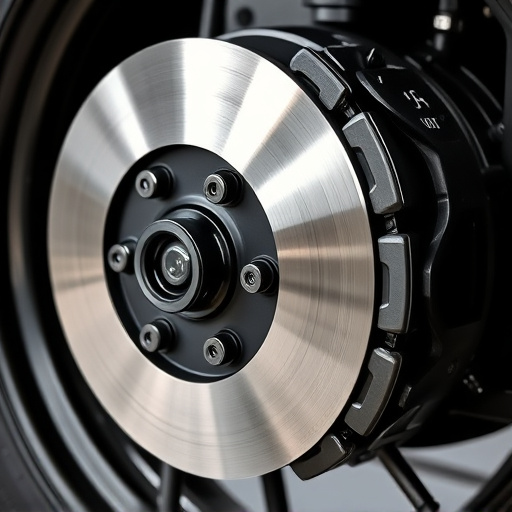
Start by examining the suspension components for any visible signs of damage or wear. This includes checking the condition of car suspension parts such as shock absorbers, springs, control arms, and bushings. Look for cracks, leaks, or excessive corrosion. These indicators could suggest that these essential car suspension parts need replacement to maintain optimal vehicle performance.
Next, raise the vehicle securely and remove any wheels to get a clear view of the suspension system. Inspect each component carefully, paying close attention to the links, rods, and struts. Ensure they are properly lubricated and free from debris or dirt accumulation. Worn-out brake components, especially performance brakes, can negatively impact suspension effectiveness. Verify the condition of brake pads and rotors for signs of excessive wear, which might necessitate upgrading your performance brakes.
Regularly inspecting your car’s suspension parts during routine maintenance is a vital step in ensuring safe and smooth driving. By understanding your vehicle’s suspension system, arming yourself with the right tools, and following a structured guide, you can effectively identify potential issues before they become costly repairs. Remember, knowing how to inspect these critical car suspension parts can save you time, money, and potentially prevent accidents down the road.



